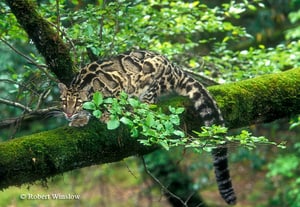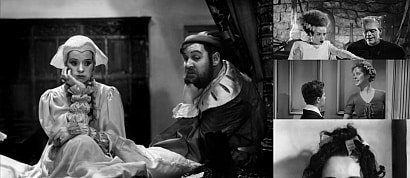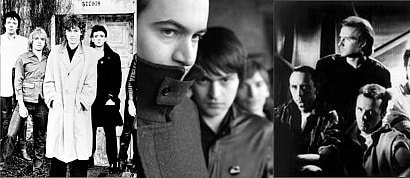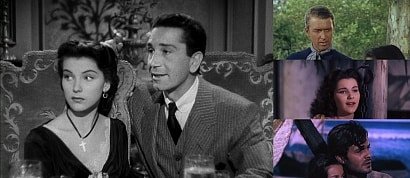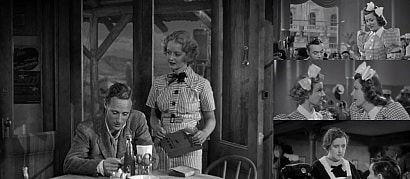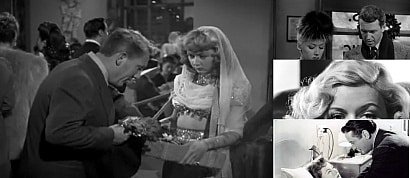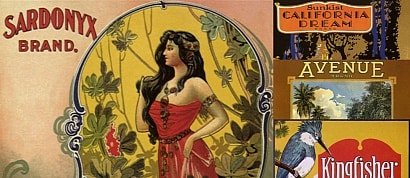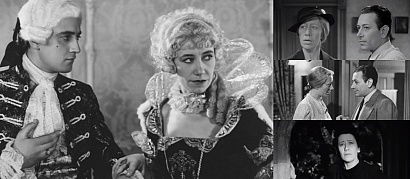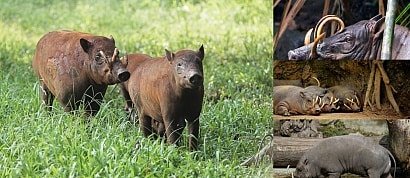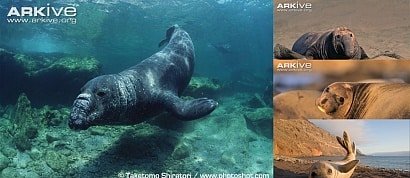A list of my favorite images of clouded leopards.
en.wikipedia.org/wiki/Clouded_leopard
The clouded leopard (Neofelis nebulosa) is a wild cat occurring from the Himalayan foothills through mainland Southeast Asia into China.
The clouded leopard is the state animal of the Indian state of Meghalaya.
The fur of clouded leopards is of a dark grey or ochreous ground-color, often largely obliterated by black and dark dusky-grey blotched pattern.
There are black spots on the head and the ears are black. Partly fused or broken-up stripes run from the corner of the eyes over the cheek, from the corner of the mouth to the neck and along the nape to the shoulders.
Elongated blotches continue down the spine and form a single median stripe on the loins. Two large blotches of dark dusky-grey hair on the side of the shoulders are each emphasized posteriorly by a dark stripe, which passes on to the foreleg and breaks up into irregular spots.
The flanks are marked by dark dusky-grey irregular blotches bordered behind by long, oblique, irregularly curved or looped stripes. These blotches yielding the clouded pattern suggest the English name of the cat.
The underparts and legs are spotted, and the tail is marked by large, irregular, paired spots. Females are slightly smaller than males.
Their irises are usually either greyish-green or brownish-yellow in color. Their legs are short and stout, with broad paws. They have rather short limbs compared to the other big cats but their hind limbs are longer than their front limbs to allow for increased jumping and leaping capabilities.
Their ulnae and radii are not fused, which also contributes to a greater range of motion when climbing trees and stalking prey.
Melanistic clouded leopards are uncommon. Clouded leopards weigh between 11.5 and 23 kg (25 and 51 lb).
Females vary in head-to-body length from 68.6 to 94 cm (27.0 to 37.0 in), with a tail 61 to 82 cm (24 to 32 in) long.
Males are larger at 81 to 108 cm (32 to 43 in) with a tail 74 to 91 cm (29 to 36 in) long. Their shoulder height varies from 50 to 55 cm (20 to 22 in).
They have exceptionally long, piercing canine teeth, the upper being about three times as long as the basal width of the socket. The upper pair of canines may measure 4 cm (1.6 in) or longer.
They are often referred to as a “modern-day sabre-tooth” because they have the largest canines in proportion to their body size, matching the tiger in canine length.
The first premolar is usually absent, and they also have a very distinct long and slim skull with well-developed occipital and sagittal crests to support the enlarged jaw muscles.
Since 2008, it is listed as Vulnerable on the IUCN Red List. Its total population is suspected to be fewer than 10,000 mature individuals, with a decreasing population trend, and no single population numbering more than 1,000 adults.
Added to
People who voted for this also voted for
Elsa Lanchester - Partial Filmography
Synth Britannia Modern, Vintage & Recent
Film Diary of 2023
Debra Paget - Partial Filmography
Waitress in Movies 2
Laraine Day Best Movies
My Movie Highlights of the 1950s (+Watchlists)
Gloria Grahame Best Movies
Fred MacMurray & Claudette Colbert Movies
Nelson Eddy & Jeanette MacDonald Movies
Ellen Corby Best Movies
Nina Foch Best Movies
closed eyes (1)
Fruit Crate Labels (1)
Flora Robson Films
More lists from kathy
Favorite Images of Bearded Reedlings
Animals - B
Favorite Fawlty Towers Episodes
Favorite Images of the Dorléac Sisters
Favorite Images of Montgomery Clift
Favorite Images of Elephant Seals
Celebrity Weddings #2
 Login
Login




















